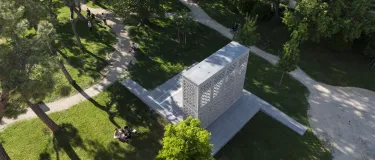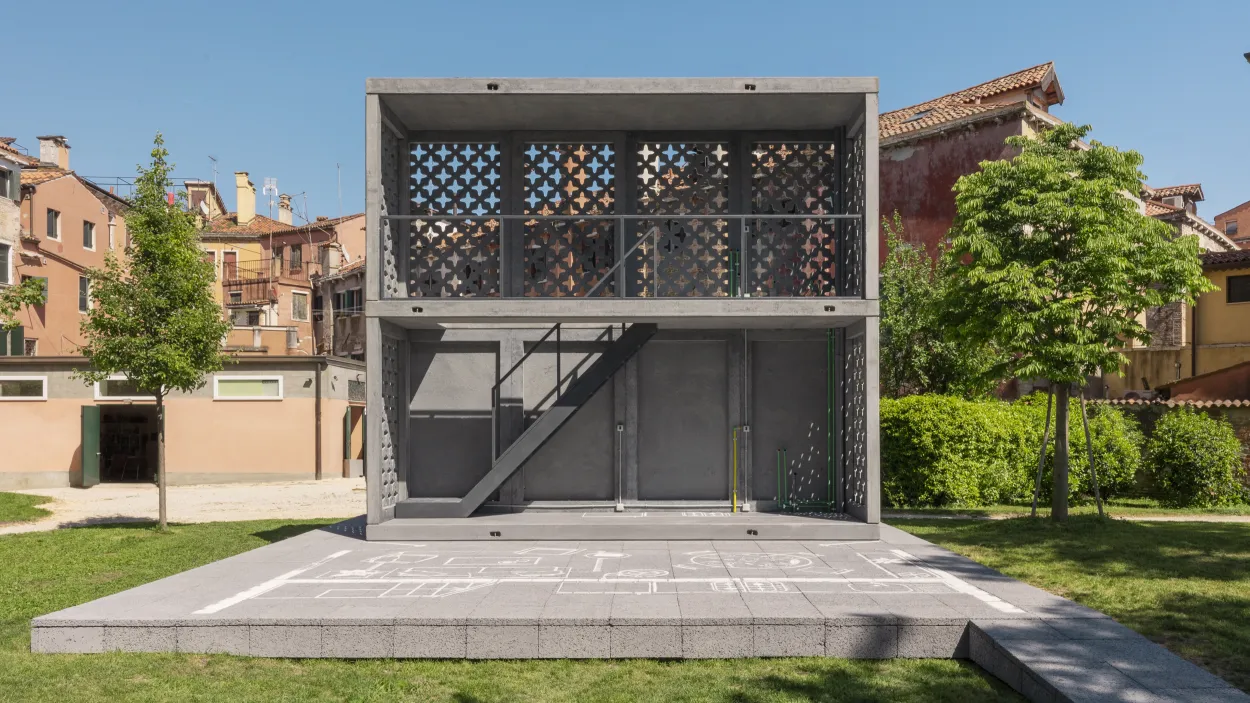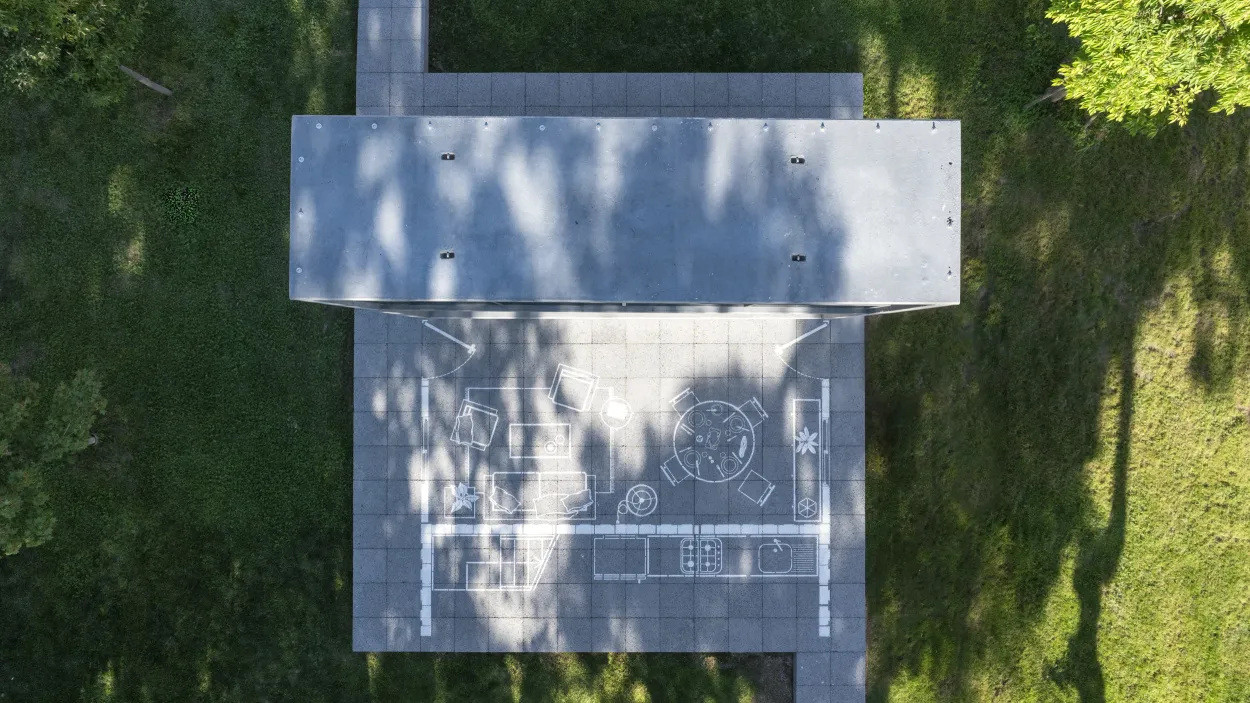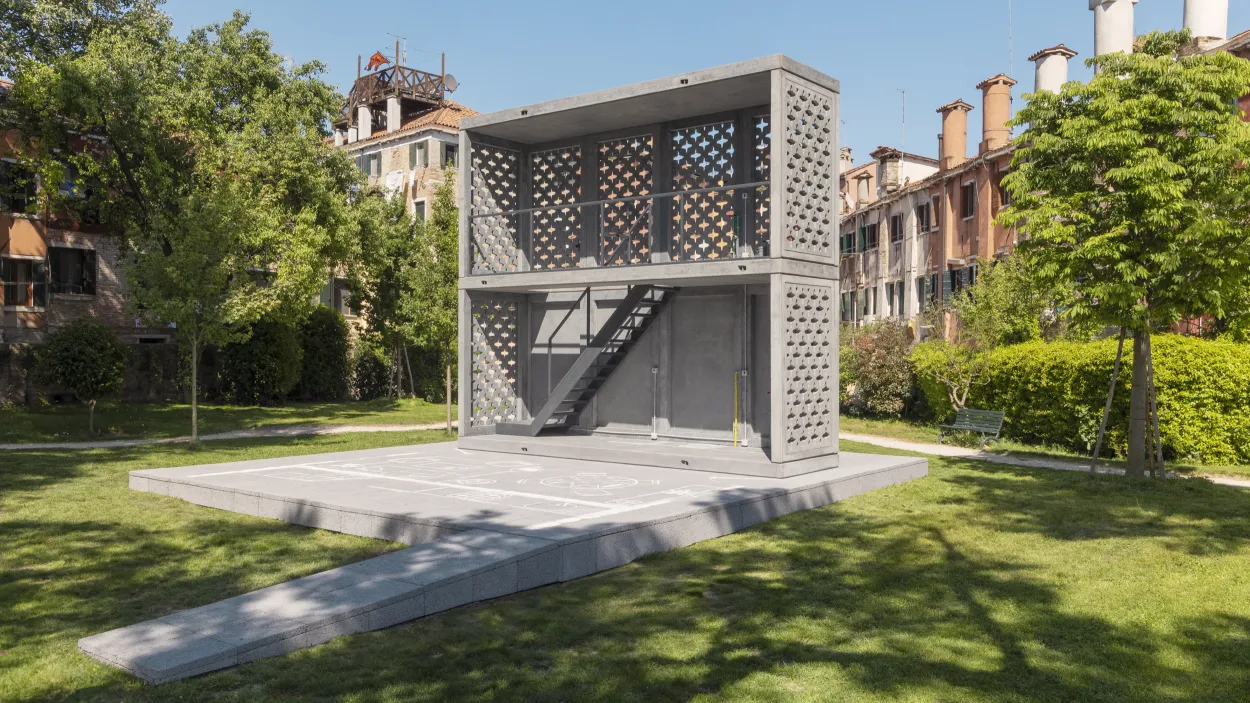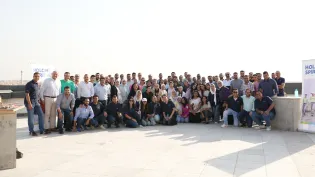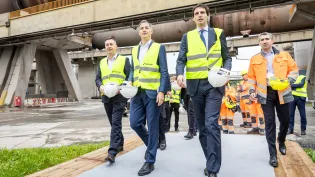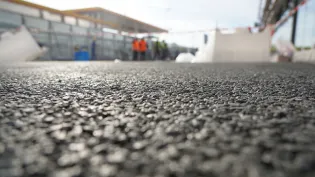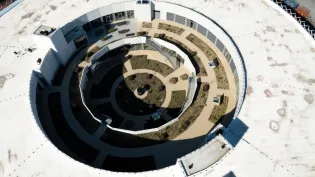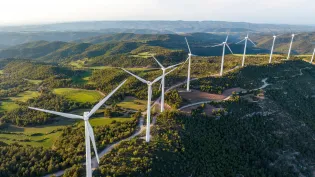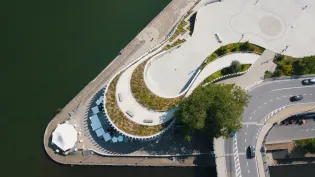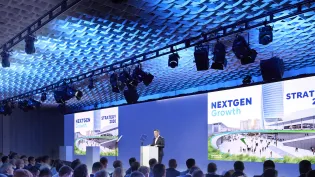Pioneering sustainable building: in conversation with Alejandro Aravena
As the global population rapidly urbanizes, cities around the world are facing growing demand for sustainable building solutions. This is one of the powerful megatrends shaping the future of construction. To meet these trends, as the leading partner for sustainable construction Holcim is collaborating with architectural partners to develop innovative building solutions and approaches.
During the Venice Architecture Biennale this year, we presented a new biochar technology in collaboration with Pritzker Prize-winning architect Alejandro Aravena and his firm ELEMENTAL. This pioneering technology transforms buildings into carbon sinks. It’s being showcased for the first time in a full-scale Basic Services Unit housing prototype.
We talked to Alejandro to dig into this exciting partnership and what it represents for the future of building.
How did this collaboration with Holcim happen?
Generally, at ELEMENTAL, our work deals with upgrading slums, social housing and disaster relief. We therefore need materials that offer performance, durability and fire and earthquake resistance.
More than a year ago we received a call, and Holcim said it was working on developing a new net-zero concrete. This was a surprise for us and represented a really exciting opportunity, because, if someone makes a scientific breakthrough to develop a technology that incorporates a carbon sink, then we could solve our current Catch 22 situation. That is the question of whether to build or not. We desperately need to build, but we also need to care for the planet. This was the moment to join forces to try to do that.
Working with Holcim also demonstrated the role that large industry leaders can play in advancing sustainability goals. Instead of complaining about regulations, these companies need to embrace them. Environmental regulations may, in theory, be a threat to business, but they can also serve as a driver to make changes that are better for the common good. The moment you have a big player that doesn't fear regulation, but understands the common good is more important than its own, then we have a role model to follow. This is what Holcim has been doing.
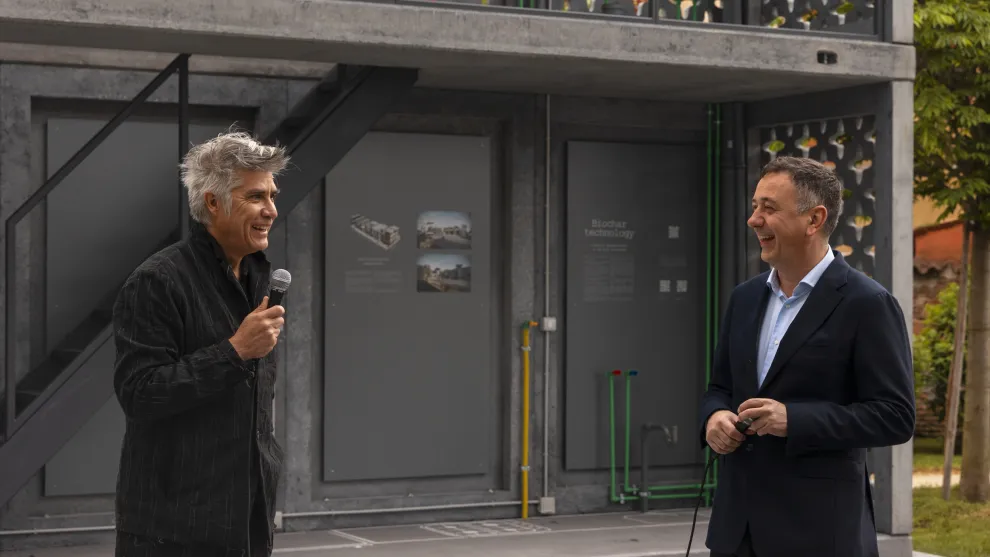
What were the project goals?
When we started having these conversations with Holcim, we could have chosen to do any building to prove the use of this new material. But we asked ourselves, among the things we're doing, “Which inevitably must use concrete and have to be repeated as many times as possible? For us, that was housing.
We chose the Basic Services Unit housing prototype because it was the place where net-zero concrete could make the biggest impact.
The incremental approach allows people in developing countries to build homes that public funding cannot deliver. So, one of the main questions we were asking during this project was: “How can we make this prefabricated industrialized solution a modular one that then allows people's own building capacity to be part of the solution, and not part of the problem?”
We desperately need to act as quickly as possible to level the field in the built environment, but families need to have a connection to whatever the solution is. Dignity is an important part of the process on top of functional concerns for the structure.
The power of biochar
Biochar technology sequesters CO2 from decaying organic matter – CO2 that would otherwise enter the atmosphere. The resulting substance can then be added to Holcim’s low-carbon cement, mortar and concrete mixes, further reducing their embodied emissions. Every kilogram of biochar can prevent the release of up to three kilograms of CO2. For the Basic Services Unit prototype unveiled during the Venice Biennale, Holcim created net-zero* biochar concrete that also incorporates circularity, with 100% recycled aggregates inside.
*scope of concrete production phases (A1-A3) in Life Cycle Assessment. Assumes average transportation distance of 300km for cement and filler and 100km for aggregates.
How will the project help shape the future of construction?
On our end, the biochar didn’t change the performance attributes of the concrete – the normal properties were all there. In terms of understanding the material so we could work with it, there was nothing new. What was unique was the carbon footprint of the material. It’s something the industry has been seeking for a long time.
What’s more is that it’s a circular technology, which makes it increasingly invaluable in a time when new buildings are constructed and demolished every day. The combination of the product itself as a carbon sink and its composition of recycled aggregates multiplies the sustainability benefits. It enables us to address the bigger picture of sustainability for the future of the built environment.
Ultimately, what strikes me the most is that this project was actually built. We cannot take for granted that things get constructed. So often your desires, plans and ideas remain on paper. But if it's not built, it doesn't count. This project proves the viability of the technology, and that can effect change elsewhere.





